

DANIELE MARASTONI: Diving, for me, is an opportunity to relax myself, to be concentrated on my body, to listen to my breathing. At a depth of 20 meters, you don’t hear anything, and in this deep silence, you are obliged to be focused on yourself in a way you never experience in the daily routine. Beautiful scenarios and an unbelievable varity of colourful fishes finally bring your mind in a state of real relaxation.
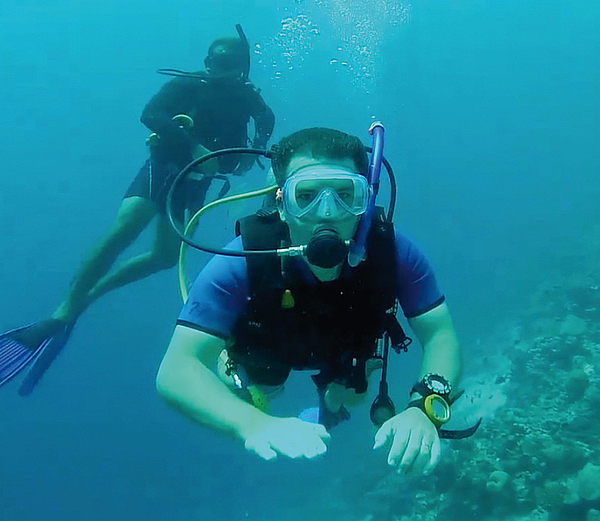
DANIELE MARASTONI
Scuba recreational diving requires a license that you get after an intensive course. A medical check-up and good health are also required.
Most important thing you may know is that your body is absorbing nitrogen during diving. Underwater, you are under more pressure because water also has weight, which combines with the atmosphere’s weight. The pressure increases by one bar for each 10 meters you descend. At 20 meters underwater, the total pressure is 3 bar. Your body is working at higher pressure and this causes nitrogen from your breathing air to be absorbed, dissolving into your body tissues. The greater the pressure – that is the deeper you are – the faster nitrogen dissolves into your tissues. And, the longer you are underwater, the more time you give nitrogen to dissolve into your tissues. Your tissues don’t use the nitrogen you absorb, so when you ascend and the pressure gets lower, there is more nitrogen than can remain dissolved in your body tissues. Normal blood circulation carries the excess nitrogen to your lungs, which exit as you exhale.
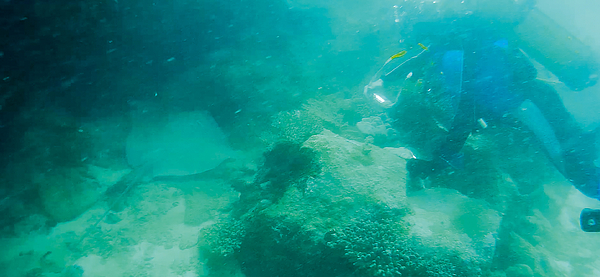
If the amount of excess nitrogen is within accepted limits, your body normally gets rid of it harmlessly over the next several hours. Your diving watch computer will help you to stay within accepted nitrogen limits. It will indicate how slow you must ascend, when stop (safety stops) for few minutes during ascending helping your body to exhale excess nitrogen. It will indicate also minimum time you need to wait between dives and no flight time after the last dive.
If the excess nitrogen in your body tissues is too high because you ascend the surface too fast, the nitrogen may come out of solution faster than your body can eliminate it. This can cause nitrogen bubbles to form within your blood and body tissues. Those bubbles cause a very seriuos medical condition called decompression sickness (DCS).
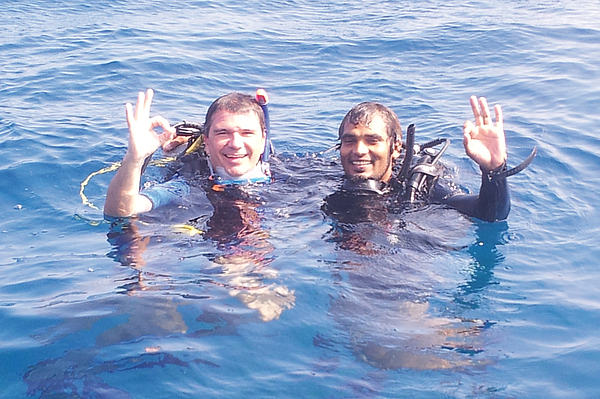
A diving course teaches you how to handle underwater emergencies and unexpected events avoiding panic situation where you are tempted to do a too fast ascension. It could be when a diver is running out of air, or when you lose the mask and you need to put it again flushing out the water. Equipment malfunctions could also happen. For all these reasons, in recreational diving you are not allowed to dive alone. You must use the buddy system that means diving with another diver or divers in a team that provide shared assistance.
Second important thing you may know is about buoyancy. To relax yourself during a dive you need to be able to perfect control the buoyancy. Buoyancy is the upwards force acting on an object in water. This force is caused by the water displaced by the object, and is equal to the weight of the water displaced. There are three types of buoyancy:
-Positive, when an object weights less than the water and it floats
-Negative, when an object weights more than the water and it sinks
-Neutral, when an object weight the same as the water and it neither floats nor sinks

Buoyancy control is central to almost everything you do underwater. You need to be negative when descending and positive when ascending, with capability to regulate it according to ascending/descending speed limits indicated by your computer. You need to be neutral buoyancy during the dive excursion at the bottom. BCD (Buoyancy Control Device) is the jacket you must wear. A simple device allows you to inflate or deflate the BCD jacket using compressed air coming from your cylinder/tank.
Knowing these two things, a dive starts with the briefing on the boat. According to the divemaster indications, all divers need to be aligned and aware about underwater excursion, buddy system, signals for communication. After checking the equipment, all divers jump into the water. BCD will be inflated allowing to float in an easy way. When everybody agreed to descend, BCD is fully deflated and you start to be really underwater. Every meter you gain descending you need to equalize yours ears and sinuses, pinching your nose and blow gently against it.

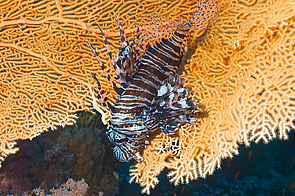
When all divers have reached agreed depth, the divemaster indicates to all divers to find neutral buoyancy. You cancel the pull of gravity allowing you to ‘fly’ and feel ‘weightless’. You now can start really enjoying your diving!
Dive ends when you reach 50 bar of compressed air in your cylinder/tank. At the beginning of the dive 200-220 bar is the pressure you should have. At 50 bar, you may stop the excursion and start to ascend, having enough air for slow speed ascending and decompression safety stop.
Enjoy diving!
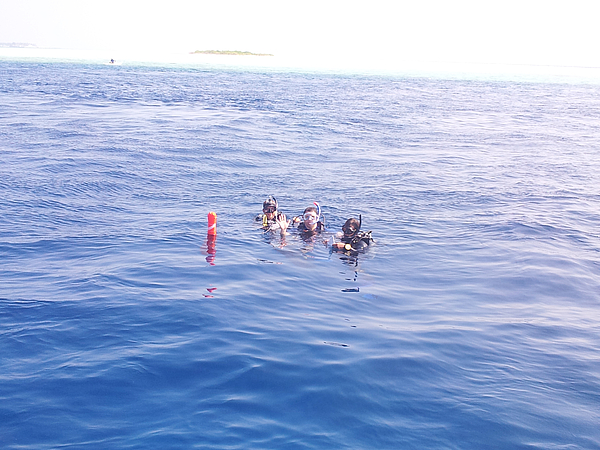
The comPETence center provides your organisation with a dynamic, cost effective way to promote your products and services.

magazine
Find our premium articles, interviews, reports and more
in 3 issues in 2026.


